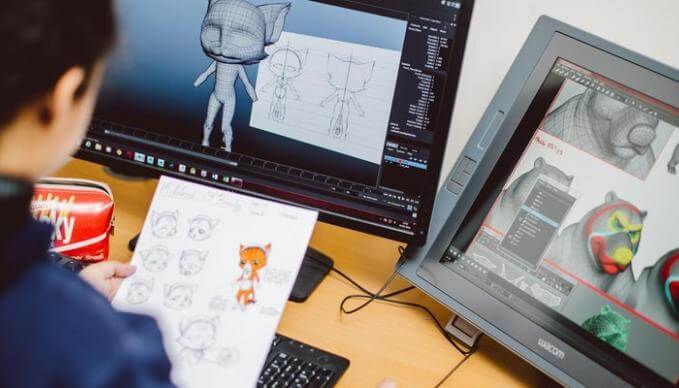Infographics are visual representations of information, data or knowledge that are represented graphically to allow instant and accessible communication of the main messages and findings. 2D animated infographics use motion, transitioning, typography, and visuals to make static infographics more dynamic, engaging, and digestible.
Creating a 2D animated infographic begins with storyline planning and flow. It entails what you want to say, how you arrange it, and how smoothly you transition between ideas. A storyboard is then made, which in turn highlights every single animation frame from beginning to end.
Illustration, motion graphic design and interactive media are among the arts through which animation production is accomplished. In chart animation, there are characters like graphical callouts that depict charts and maps in 2D dimensions. Motion graphic design implies adding of life to static visual assets by means of animated effects, scene transitions, typography and interactive elements.
A key characteristic of 2d infographic animation is that they employ assets such as shapes, vector graphics or raster images. Assets are rigged up using digital bones and muscles so that they can be moved around on an animation timeline. Design elements are layered, grouped, color-coded, and labeled systematically to enable the animator to deal efficiently with hundreds of multi-layered graphics spread across potentially thousands of keyframes.
The stylistic choices go from flat graphics to illustrated realism in 2D infographics. It includes photography on one end or line art at another, while it could be monochromatic graphics at another point or vibrant illustrations at some point. The asset moves fluidly by a process where each purchase is carefully positioned by hand on each frame according to easing principles along intense poses followed through overlap and arcs.

The pace of visual narrative is steered by timing: quick cuts imply urgency, while longer shots give time for visual understanding of ideas. Sections blend by intelligent transitions from one data point to another and by the design elements’ entrance, emphasis, and exit. Viewer messages are quickly understood through bright visual metaphors.
You can use fewer words while maximizing visual information retention or guide your audience through voiceovers. Sound design choices match musical styles with scene emotions and brand sentiments. A small design team can create a 30-to-90-second 2D animated infographic in 1-2 weeks if enough planning is done and the process is efficient. At each stage, from scripting to visual assets, animation, compositing, sound production and editing, iterative methods concretize knowledge towards an attention-grabbing, professional quality, flawless visual narrative.
End
Best practices such as information design and narrative craft are applied alongside multidisciplinary artistic talents in this case. Engaging animations that explain concepts, attract interest, improve understanding, influence opinions, and communicate to a broader audience effectively characterize these efforts.

